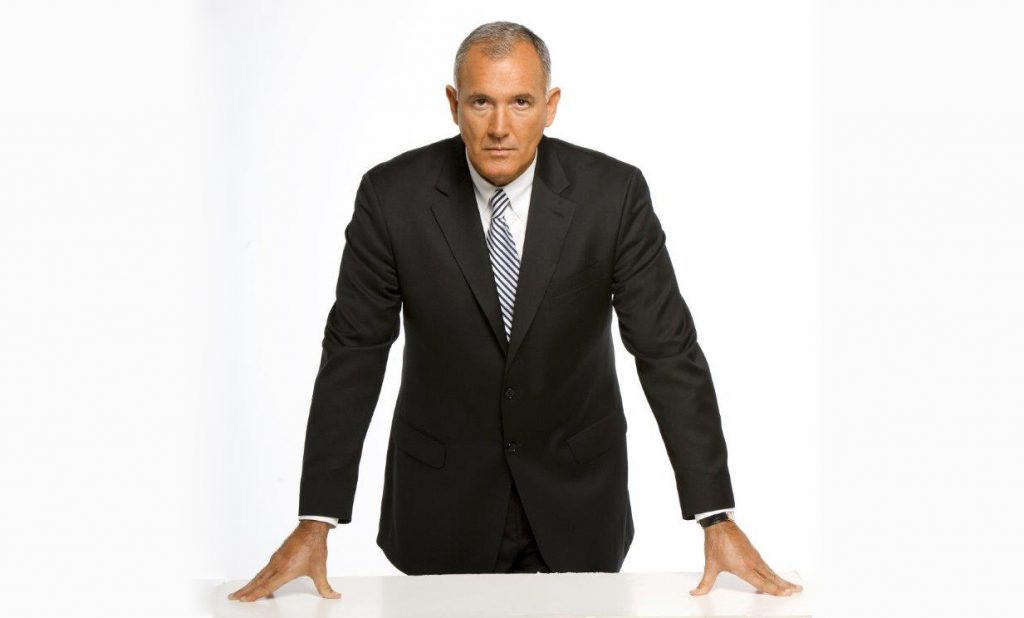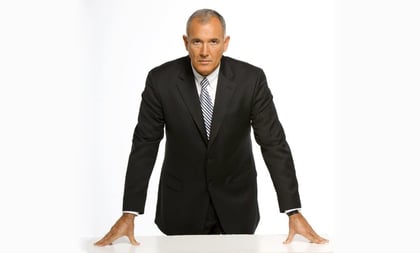
Body language gives outright cues and clues to how clients feel about their financial advisors and what they’re saying. At the same time, FAs can cast themselves in the most favorable light by deliberately employing certain nonverbal behaviors.
Other body language may sabotage an advisor, however. For example, don’t go tapping the side of your nose or scratching your face in a client meeting. So says former FBI Special Agent Joe Navarro in an interview with ThinkAdvisor.
(Related: The Ear of the Beholder: Words Clients Hate, Words Clients Like)
With more than 25 years in counterintelligence and counterterrorism, Navarro was the Bureau’s top nonverbal communications expert. In the interview, he discusses how FAs can decipher clients’ desires or fears by observing their body language. It is a technique the FBI uses to decode human behavior and identify anxiety in suspects.
As a public speaker and consultant to major companies, Navarro’s presentations for the last decade have been almost entirely to financial firms, including JPMorgan, Wells Fargo and Raymond James.
Author of the bestseller “What Every BODY is Saying” (2008) , Navarro has just released a new book, “The Dictionary of Body Language: A Field Guide to Human Behavior” (William Morrow – Aug. 21). It is packed with more than 400 non-verbals, from head to foot, and explanations of what they mean.
“There is no one [nonverbal] way of communicating honesty and truthfulness, and there is no single behavior indicative of deception,” Navarro argues.
“Suppose I ask: ‘Where were you last night?’ If all of a sudden you get nervous, all we can say is that my question created psychological discomfort. What we cannot say is ‘You touched your nose or covered your mouth, and therefore you’re deceptive.’ There’s no science to support that. But,” Navarro says, “the question is: What is the cause of that discomfort?”
By the time he retired 15 years ago, he had conducted and supervised more than 13,000 interrogations — in the U.S., Germany and Brazil, among other countries — that, based largely on body language, sent spies and terrorists to prison.
ThinkAdvisor recently interviewed Navarro, 65, on the phone from his Tampa, Florida, office.
Here are highlights of our conversation:
THINKADVISOR: Why should financial advisors pay attention to body language?
JOE NAVARRO: They’re not just selling a product or giving advice, they’re letting the client know how they feel about it and communicating their commitment. The advisor needs to provide comfort: “We’re in it together, and we’re going to take good care of you.” That can only be communicated nonverbally.
How do you transmit that via body language?
Having no hesitation to answer questions but not being overly eager; smiling; using gestures that are very open; conveying rather than trying to convince by being forceful and aggressive.
How is that helpful in giving financial advice?
The job is to communicate with the person in front of you and for them to reflect their sentiments back about what we say. If they already have doubt or don’t find us [believable], or if they’re teetering, they’ll communicate that nonverbally before they communicate it verbally.
What body language might indicate the client’s doubt or distrust in what the advisor is saying?
Nodding and giving the impression they’re in agreement; but if they’re pursing their lips together, that means “I disagree.” If a client is already pursing their lips, it’s time for the advisor to go off-script and ask: “What are you thinking?” — because [the client] has already made up their mind.
What if a client gives the advisor a sideways glance? Does that mean they’re doubting them?
Yes. It’s one way of saying, “I’m not sure.” It often shows suspiciousness and a reluctance to commit. If you see a behavior that could indicate doubt, ask questions.
If the client crosses their arms in front of them, does that say they’re feeling defensive?
There are a lot of misconceptions about crossed arms. People think it’s a blocking behavior, but it’s not. Most people do that to [give themselves] comfort.
You write about a number of self-comforting behaviors, or “pacifiers.” People need a lot of pacifiers!
Yes, the human brain requires more pacifiers than any other species. We start with thumb-sucking in [the womb]. Throughout our lives, we’re habitually touching our bodies with self-comforting behavior.
What other client body language should advisors be aware of?
When meeting with a couple, you often see the husband leaning forward and nodding his head. But the wife is touching the bottom of her neck below the Adam’s apple — the neck “dimple.” We touch or cover our neck only when we’re worried, fearful or feel insecure.
What does the FA need to do?
When we see that behavior, or compressed lips or lip-biting or [self-] hand-massaging, there may be hesitation about the investment the advisor is recommending. That body language presents a great opportunity to ask: “What do you think so far?”
How can advisors employ nonverbals to win clients’ confidence?
When we use gravity-defying behavior — it’s performed in an upward direction — such as arching the eyebrows or making the thumb visible and very pronounced as we talk, we send a positive subconscious message to the receiver.
In fact, you write that “a happy eyebrow flash can be immensely useful and powerful…” When would you use that?
Eyebrow arching or flashing transmits excitement or that something that pleases us. Flashing your eyebrows upward is even more powerful than smiling when, for example, greeting a group of investors. Studies we’ve done show it causes the reaction: “I really like this person.” We tend to favor people who provide us with psychological comfort, and this is very comforting behavior we’ve always seen: We respond to an eyebrow flash at three weeks of age. And we don’t outgrow it.
When a client comes in for a meeting, what should an advisor do after greeting them?
Attend first to any negative or emotional issues you may discern from the clients’ nonverbal behavior or from what they tell you. When there’s emotional hijacking, people are not at their best. The advisor needs to assess the client and ask, “Is everything all right?” before jumping into business.
You write about active listening as “an essential nonverbal” because it communicates that we’re receptive or empathic. Should the advisor directly face the client in that situation?
You want to make direct eye contact, but you need to use a gaze. You don’t want to look too intense because that can be antagonizing. Gazing says, “I’m here, and I’m listening to you.”
What other nonverbals helps create rapport?









 August 28, 2018 at 05:00 PM
August 28, 2018 at 05:00 PM











